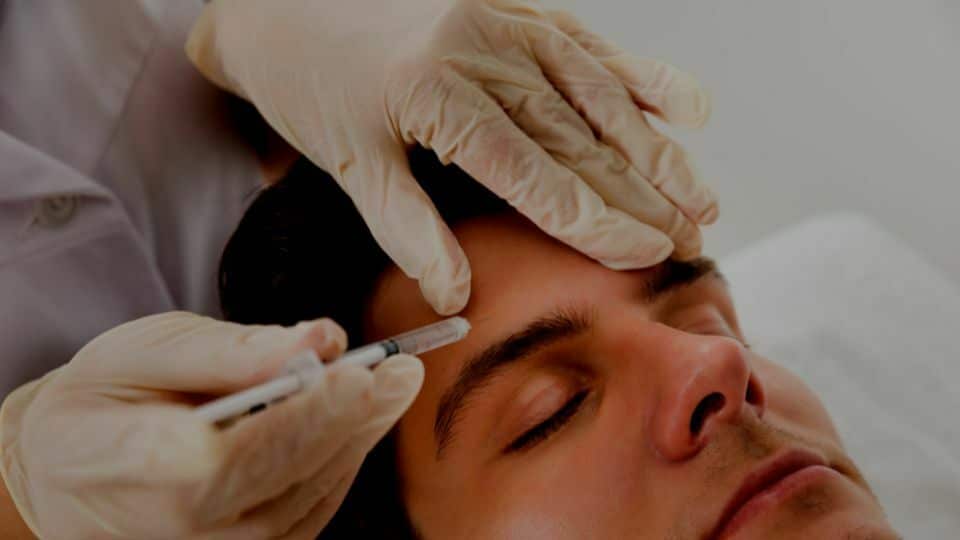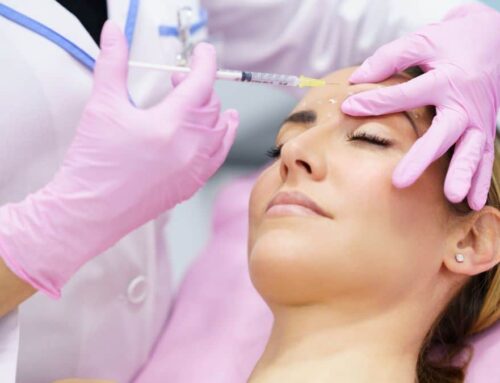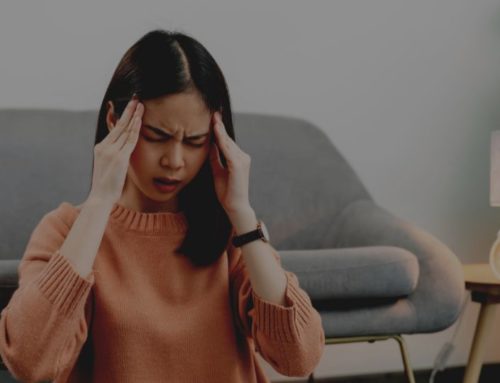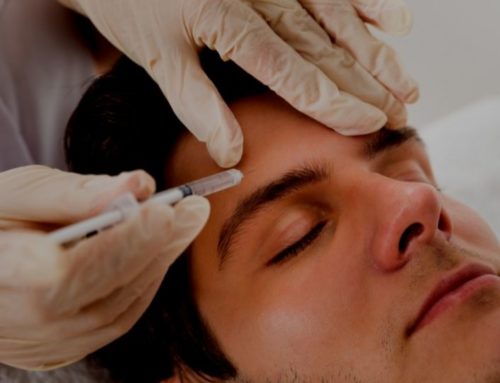Botox is a treatment used to reduce wrinkles. Approved by the FDA for treating wrinkles in 2002, Botox is now the most popular cosmetic procedure in the United States.
While Botox is most commonly associated with its anti-aging properties, the injectable medication can also be used to treat excessive sweating and hyperhidrosis. Botox injections can be given in various body areas to offer medical-grade relief from chronic conditions like migraines, tension headaches, and TMJ.
The time for relief from migraines and wrinkles is different. For wrinkles, it usually takes about a week to see the full effect of Botox. For migraines, on the other hand, it can take a few weeks to notice a difference.
Read more: Is Relief From Botox Injections Instant?
Migraines are headaches characterized by severe pain, throbbing, and sensitivity to light and sound. Read on to understand how Botox for migraines works and if it is the proper treatment for you.
What Are Migraines and How Do They Occur?
The nerves and blood vessels in your head and neck play a role in migraines. For some people, specific triggers — like stress, bright lights, or certain foods — can cause the blood vessels to swell and the nerves to release chemicals. This can lead to pain and other symptoms.
Migraines are often described as throbbing or pulsing pain, usually on one side of the head. The pain is often accompanied by other symptoms, such as nausea, vomiting, and sensitivity to light and sound.
Common reasons for migraine headaches include:
- Hormonal changes in women
- Stress
- Anxiety
- Depression
- Bright lights
- Loud noises
What Is Botox and How Will It Help To Treat Migraines?
Botox is a purified protein derived from botulinum toxin, produced by the bacteria Clostridium botulinum. When injected in small amounts into muscles, it can temporarily block nerve signals. This action then reduces muscle activity and, as a result, decreases wrinkles.
Botox works for migraines by reducing the release of neurotransmitters, which are chemicals that transmit nerve impulses. These neurotransmitters are involved in pain signaling. By reducing their release, Botox can help to prevent migraines.
How Is Botox Administered?
For best results, it is injected into the muscles in the head and neck area. The injection sites will be found based on your individual needs. A very fine needle is used for the injections, and you may feel a slight sting when the needle enters your skin.
How Long Does It Take Botox To Treat Migraines?
It takes two to three days for Botox to start working on migraines. The Botox effects typically last for three to four months. Some people may need touch-ups every few months, while others may only need them once a year.
After the initial injection, migraine sufferers can expect a reduction in the frequency and intensity of their headaches. Botox is not a permanent cure for migraines but can provide significant relief.
Depending on individual needs, your doctor may recommend a series of Botox injections over several months. This is because it can take some time to see the full effect of the treatment. In general, most people find their migraines much more manageable after starting Botox treatments.
Contact Pain and Spine for Botox injections in Chicago. Our excellent team of specialists has years of experience relieving migraines with Botox.




